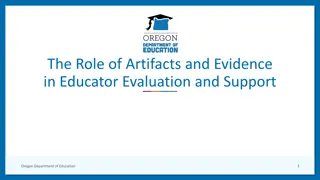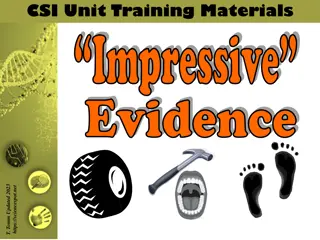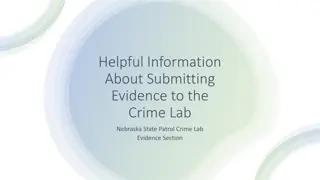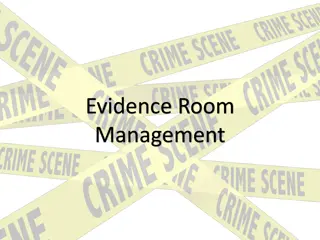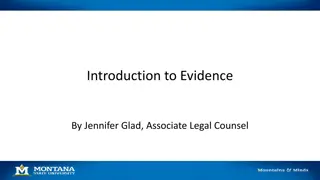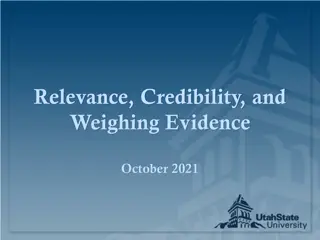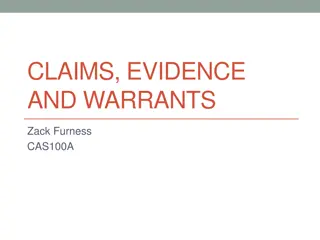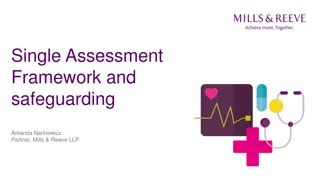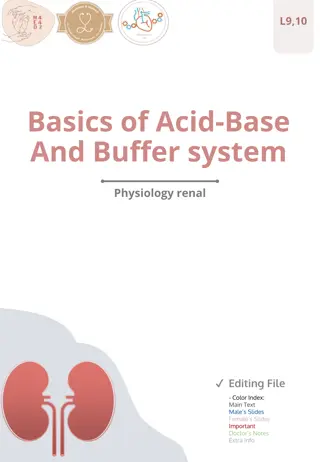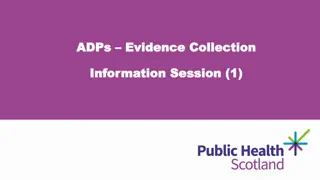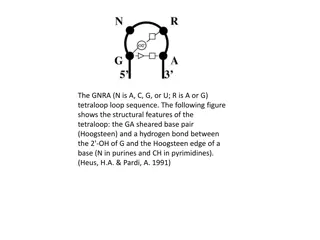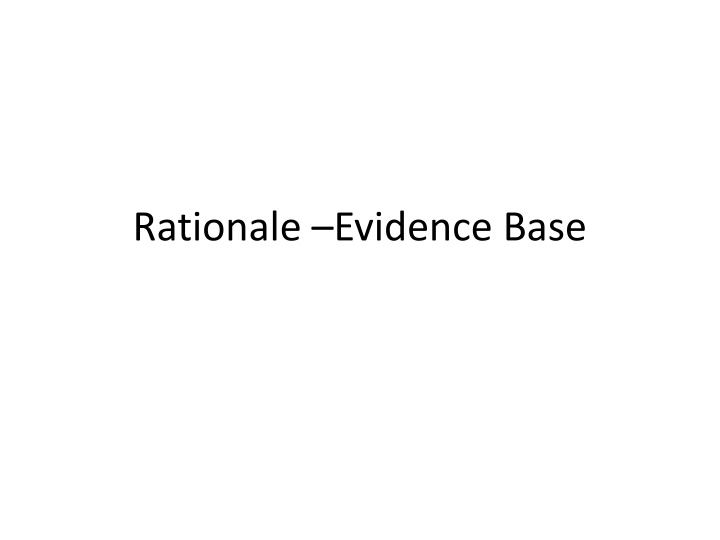
Evidence-Based Benefits of SBIRT in Primary Care Settings
Discover the effectiveness of Screening, Brief Intervention, and Referral to Treatment (SBIRT) through extensive research demonstrating reductions in alcohol consumption, hospitalizations, and more, making a measurable difference since 2003.
Download Presentation

Please find below an Image/Link to download the presentation.
The content on the website is provided AS IS for your information and personal use only. It may not be sold, licensed, or shared on other websites without obtaining consent from the author. If you encounter any issues during the download, it is possible that the publisher has removed the file from their server.
You are allowed to download the files provided on this website for personal or commercial use, subject to the condition that they are used lawfully. All files are the property of their respective owners.
The content on the website is provided AS IS for your information and personal use only. It may not be sold, licensed, or shared on other websites without obtaining consent from the author.
E N D
Presentation Transcript
Research Demonstrates Effectiveness A growing body of evidence about SBIRT s effectiveness including cost- effectiveness has demonstrated its positive outcomes. The research shows that SBIRT is an effective way to reduce drinking and substance abuse problems.
SBIRT SBIRT Has 30 years of research demonstrating its efficacy as an evidence-based clinical preventive service For alcohol use, meta-analyses have found screening and brief intervention to decrease alcohol consumption by 34% result in 12% fewer adults reporting heavy drinking episodes result in 11% more adults reporting drinking less than the recommended limits reduce the use of emergency room services reduce the number of subsequent hospital days
SBIR SBIRT T is effective across cultures The World Health Organization (WHO) developed the tested Alcohol Use Disorder Inventory Test (AUDIT) across six countries and found it to be effective also studied brief interventions across cultures including European, Latin American, Asian, and African countries and found SBIRTto be effective In the U.S., SBIRT has been shown to be effective across cultures as demonstrated by a study of 500,000 diverse patients, including Alaska Natives, American Indians, African Americans, Caucasians, and Hispanics
Making a Measurable Difference Since 2003, SAMHSA has supported SBIRT programs, with more than 1.5 million persons screened. Outcome data confirm a 40% reduction in harmful use of alcohol by those drinking at risky levels 55% reduction in negative social consequences demonstrate positive benefits for reduced illicit substance use. (Based on review of SBIRT GPRA data, 2003 2011)
SBIRT Benefits: Primary Care Settings Measurable Reductions Arrests Hospitalizations Nonfatal Injuries ER Visits BingeDrinking Drinks Per Week 0% 10% 20% 30% 40% 50% (SAMHSA, 2012)
Alcohol Screening and Brief Intervention (SBI) ranks among the highest-performing preventive services based on cost effectiveness and health impact, yet remains one of the last implemented. (Coffield et al., 2001; Kuehn, 2008; Solberg, Maciosek, & Edwards, 2008)
American Journal of Prevention Medicine These results make alcohol screening and counseling services one of the highest-ranking preventive services evaluated using standardized methods.
American Journal of Prevention Medicine similar to screening for colorectal cancer, hypertension, vision (in adults over 65).
American Journal of Prevention Medicine similar to influenza or pneumococcal immunization.
USPSTF on alcohol SBI B for both alcohol screening & brief intervention with adults & pregnant women insufficient evidence for adolescents (USPSTF, 2004 & 2013)
Brief Interventions and Drug Use JAMA Editorial Rigorous studies show null effect for BIs towards adult drug use in medical settings exploring drug use with patients should remain a priority (Hingson et al, 2014)
Evidence for SBIRT SBIRT with drug use is mixed Several studies show SBIRT to be effective; other studies show no effect Two studies show promise Study 1 found that those receiving BI had reduced ASSIST scores for all ASSIST measures (Humeniuk et al., 2012) Study 2 found that teens/young adults in an ED setting who received SBI were more likely to be abstinent at 30 days & have reduced substance abuse at 12 months (Bernstein et al., 2009)


